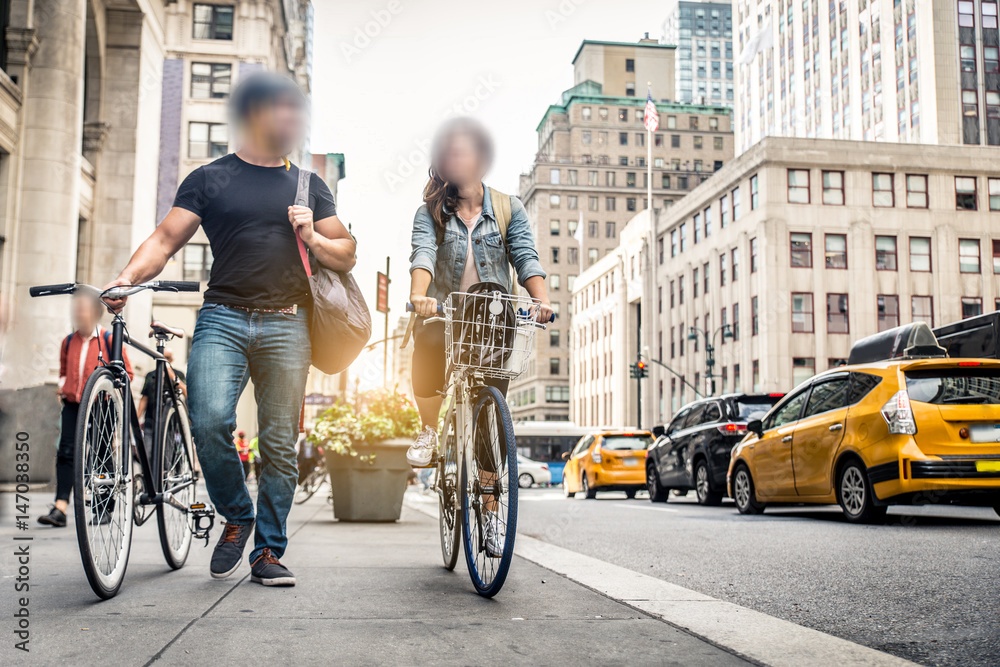As data privacy concerns grow, AI is increasingly being used to anonymize images and videos
AI’s ability to detect and blur license plates and faces is a powerful tool that’s gaining significant attention.
This technology enables businesses and individuals to adhere to data privacy regulations while preserving the data’s usability for analysis and research.
Understanding Data Privacy
Data privacy refers to the protection of sensitive personal information stored digitally from unauthorized access and data breaches. The growing of data collection in different sectors, including automotive, healthcare and law enforcement requires strong privacy measures to protect data privacy.
Governments have implemented data privacy laws, such as GDPR and CCPA. These laws emphasize the need for techniques that anonymize data, thus making technologies like AI crucial in this sphere.
AI and Visual Data
AI, specifically deep learning models, has proven exceptionally adept at processing and interpreting visual data. In recent years, AI has been extensively used in facial recognition, object detection, and image classification tasks. But the same technology can also be utilized to preserve data privacy in images and videos.
The process involves using AI models to detect and recognize faces & license plates in the visual data. Once the AI identifies such details it can then blur effectively the data.
The Role of AI in Data Privacy
- Face detection and Blurring
AI systems can be trained to recognize human faces in images and videos. This technology, widely used in security systems and social media platforms, can be inverted to serve data privacy needs. Instead of identifying a person, the system can blur or pixelate faces, making individual identification impossible.
- License plates detection and Blurring
AI can also recognize and blur out license plates that may give away personal information. For instance, an AI system can be trained to identify and blur license plates or any other objects in an image or video that could lead to identification of a person or a location.
- Automatic Video Redaction
When it comes to videos, AI can perform automatic redaction, pixelating or blurring sensitive information frame by frame. This is particularly useful for police bodycam footage, interviews, and surveillance videos where protecting individuals’ identities is critical.
Advantages of AI-Based Blurring versus Manual Blurring
The introduction of AI in the blurring process significantly surpasses manual methods, offering an array of benefits:
- Efficiency: AI blurring can process enormous volumes of data quickly, an essential feature when dealing with extensive image or video databases. Conversely, manual blurring is time-consuming and may not be viable for large datasets.
- Accuracy and Precision: AI models can identify and blur sensitive details with a high degree of accuracy and precision, reducing the risk of privacy breaches. Manual blurring, on the other hand, may miss critical data, potentially compromising privacy.
- Scalability: AI solutions can scale to meet the demands of growing data, providing consistent performance regardless of dataset size. Manual blurring methods lack this scalability.
- Automated Redaction: AI can perform automated redaction in videos, a task that would be incredibly labor-intensive if done manually.
- Consistency: AI maintains a consistent level of accuracy across all datasets, something that may prove challenging with manual methods due to human error.
Conclusion
BlurIt’s AI-powered anonymization ensures accuracy and efficiency. However, it’s important to note that the effectiveness of the technology depends on the quality and diversity of the training data. With BlurIt, this isn’t a concern. Our R&D team diligently curates quality data, continually training our algorithm for optimum performance.
